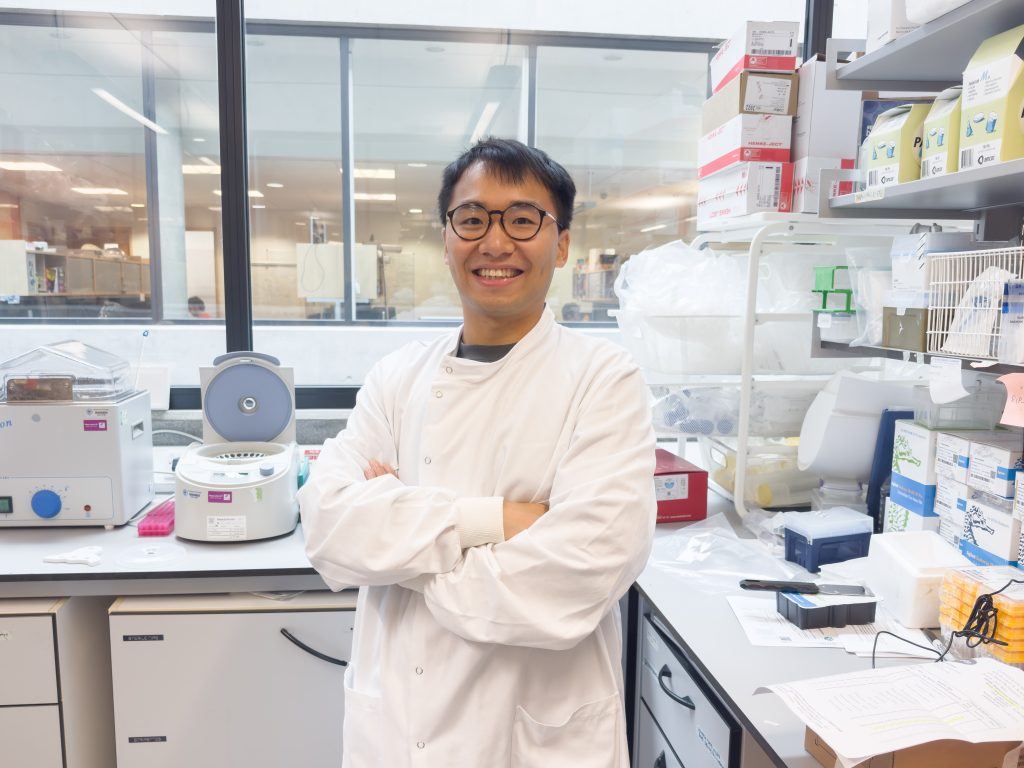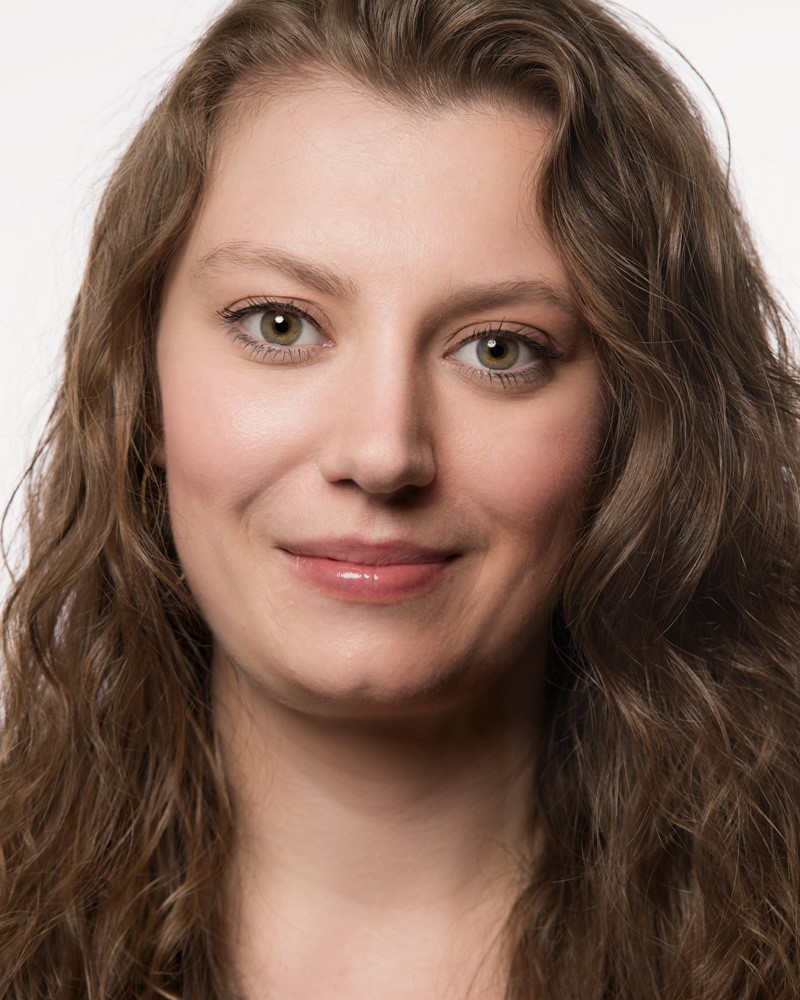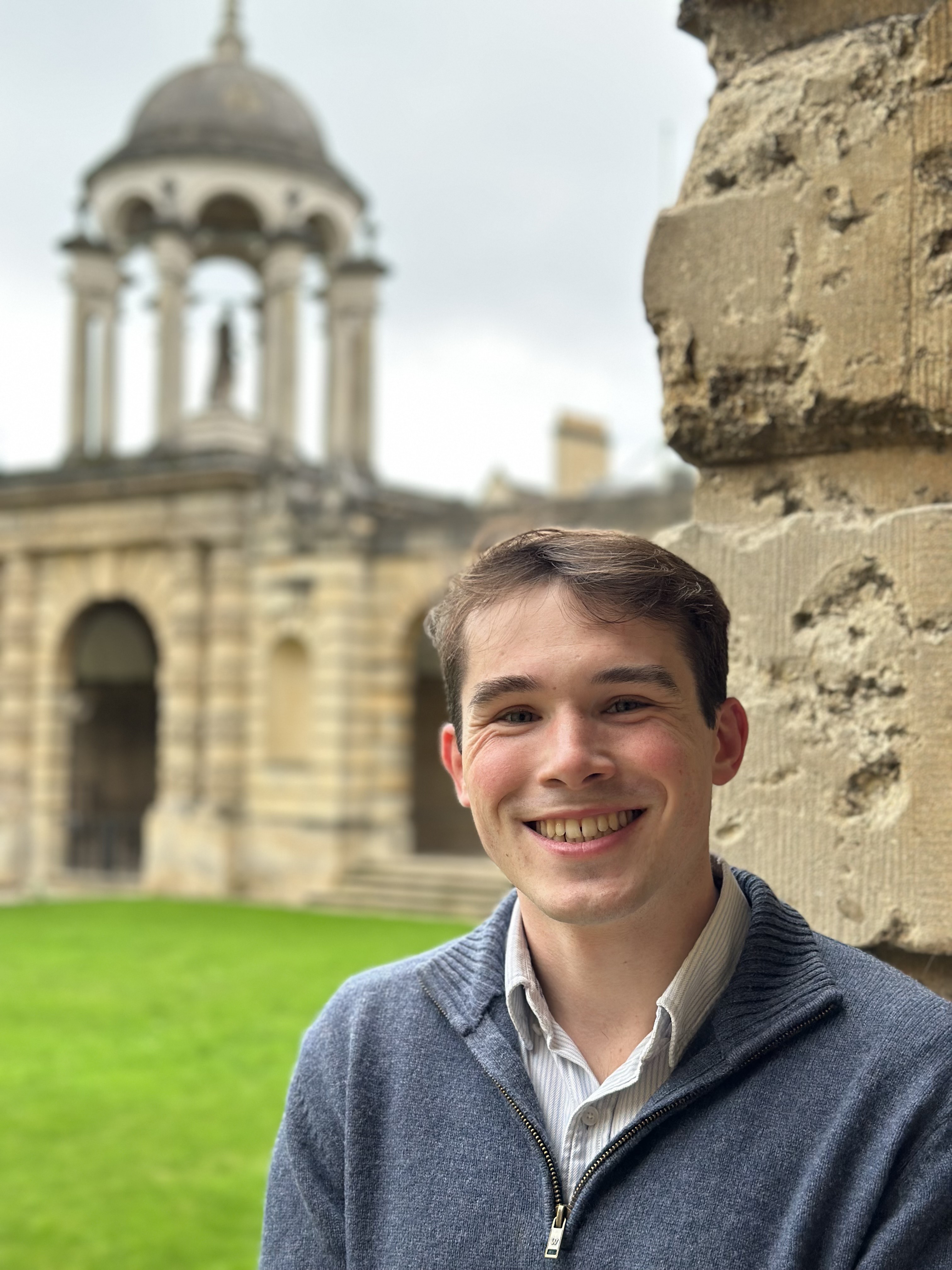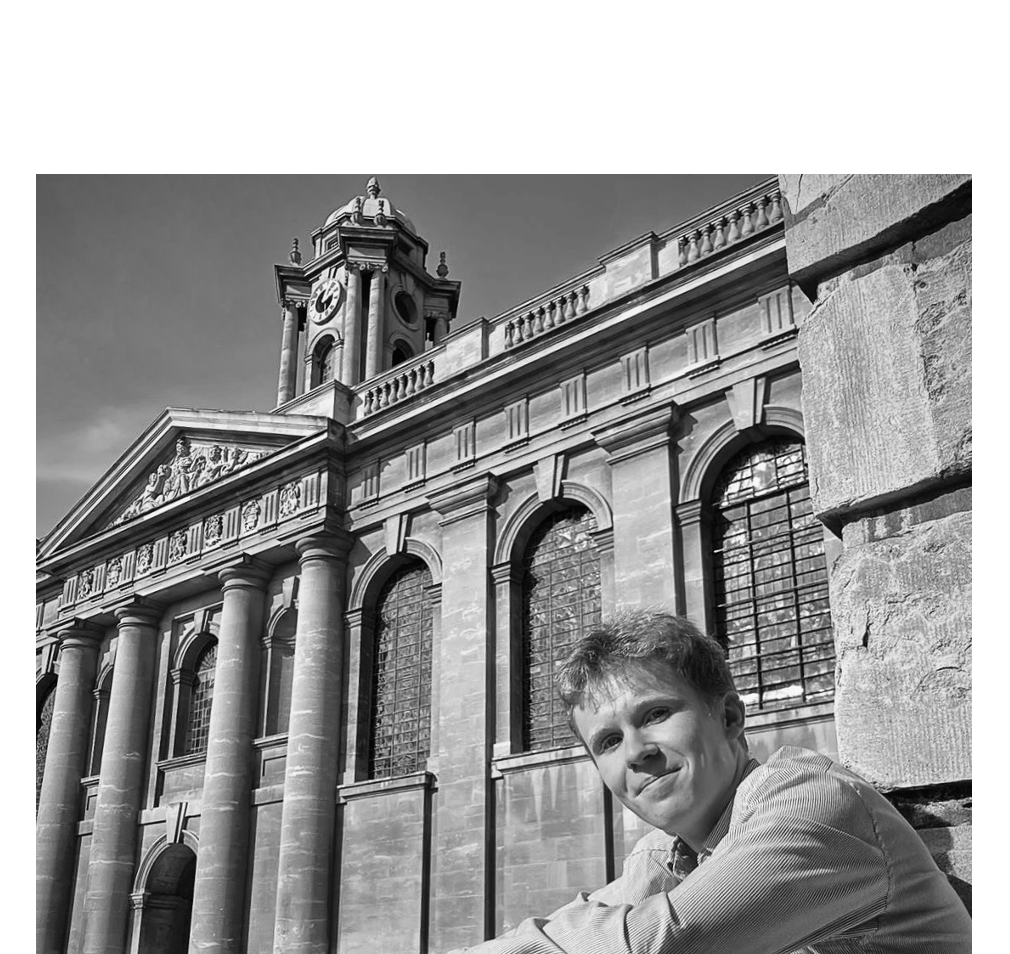The College congratulates Dr Peter Wan (DPhil in Oncology, 2019), who has been awarded the highly competitive Pancreatic Cancer UK Career Foundation Fellowship. The three-year award will fully support his research at the University of Oxford’s Department of Oncology. We asked him to tell us more about his work.
What will this Fellowship allow you to do?
This three-year Fellowship, funded by over £280,000 from Pancreatic Cancer UK, will enable me to develop a new form of immunotherapy for pancreatic cancer, the deadliest common cancer with a five-year survival rate of only 7%. I will be leading a multidisciplinary team at University of Oxford to design and test new treatment strategies that boost the body’s immune response to better fight this disease.
Through this Fellowship, I aim to translate discoveries from the laboratory into potential new treatments by studying how they work in real patient samples and identifying the most promising approaches for future development. In addition, I will establish a focus group of people with lived experience so that their experiences can guide the research and ensure that our work remains aligned with the real needs and priorities of those affected by pancreatic cancer.
Pancreatic cancer is notoriously hard to treat – why is this?
Pancreatic cancer is extremely difficult to treat because most people are diagnosed at a late stage, when the disease has already spread. Surgery is the only potentially curative treatment, but by that point it is often no longer an option. Only about 10% of patients are eligible for surgery, and around 70% receive no treatment at all, not even chemotherapy.
How is it different from other cancers?
Unlike many other cancers, pancreatic tumours are surrounded by a dense layer of non-cancerous cells that form a physical and immunosuppressive barrier. This barrier prevents immune cells and therapeutics from reaching the tumour and contributes to resistance to therapy. As a result, immunotherapy, which has been effective for many other cancers has so far shown limited success in pancreatic cancer.
How does immunotherapy help a patient?
The immunotherapy we are developing is designed to boost the body’s immune system to destroy both pancreatic cancer cells and the surrounding cancer-supporting cells that form a protective layer around the cancer cells.
By disrupting this layer, we aim to allow more immune cells and therapeutic agents to get into the tumour, leading to a more thorough eradication of the cancer cells. It is also expected that by removing this protective layer which drives therapeutic resistance, we can enhance the effectiveness of many existing treatments such as chemotherapy and radiotherapy, reducing the risk of relapse.
Our approach therefore aims to target and remove both the cancer cells and the cells that shield them, with the goal of providing a more effective treatment that can improve survival and quality of life for patients.
What milestones might we look for with your research over the next three years?
Over the next three years, my team will focus on achieving three main milestones:
1. Identify the most effective treatment approach that can safely destroy the protective layer surrounding pancreatic tumours, allowing the immune system to better target and kill the cancer cells.
2. Develop a translational model for therapeutic testing, using patient-derived biopsies to evaluate how well the new treatment works in conditions that closely resemble real pancreatic cancer.
3. Determine which existing treatments could best work in combination with our immunotherapy, so that patients can gain the most benefit from an integrated approach that strengthens treatment outcomes with minimal additional interventions.
By the end of the Fellowship, we aim to identify a treatment that can effectively eliminate both pancreatic cancer cells and the cancer-protecting layer for clinical development.
What are the biggest scientific unknowns and how are you tackling them?
The biggest scientific unknown is how to selectively target the protective, cancer-supporting barrier that surrounds pancreatic tumours. These cells are non-cancerous, but they help the tumour grow and block immune cells from reaching it. The major challenge is that similar types of cells also exist in healthy tissues throughout the body, and how to target the cancer-supporting ones without affecting the healthy ones remains largely unknown.
My research aims to address this problem by understanding and identifying the key differences between the cancer-supporting cells and their healthy counterparts. By doing so, we hope to develop a treatment that can selectively target these cells within the tumour while minimising harm to normal tissue.
Who are you collaborating with?
This project brings together a multidisciplinary team of scientists, clinicians, and surgeons from the Department of Oncology and the Nuffield Department of Surgical Sciences at University of Oxford, as well as collaborators at Cardiff University. Together, we are combining expertise in cancer immunology, molecular therapy, and translational research to accelerate the development of this new treatment approach.
How did your time at Queen’s shape your journey into cancer research?
My time at Queen’s played a major role in shaping my journey as a scientist. The scientific community at Queen’s is remarkably diverse, bringing together people working in oncology, genomic medicine, pharmacology, neuroscience, and many other fields.
During my DPhil, I had the privilege of meeting and learning from many brilliant scientists, both Fellows and students, across these disciplines. Being part of such an immersive and multidisciplinary environment was incredibly stimulating. Conversations with peers and mentors often brought new insights that deepened my understanding of cancer, helping me see the science not just from a laboratory perspective but in a much broader and more connected way.
My time at Queen’s played a major role in shaping my journey as a scientist. The scientific community at Queen’s is remarkably diverse and being part of such an immersive and multidisciplinary environment was incredibly stimulating.
What was your favourite thing about your time at Queen’s?
My favourite part of Queen’s was the library. It was bright, comfortable, and open 24/7, a place where I spent countless nights working on my research, writing my thesis, and analysing data. But what made those long hours memorable were the people around me. Many of my friends were often there too, working late into the night, and we supported each other through the most challenging moments.
That sense of shared purpose and encouragement created a genuine bond between us. It reminded me that what truly makes Queen’s special is not just its beautiful spaces, but the community of people who bring them to life.
What truly makes Queen’s special is not just its beautiful spaces, but the community of people who bring them to life.



